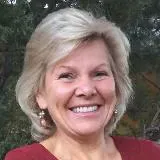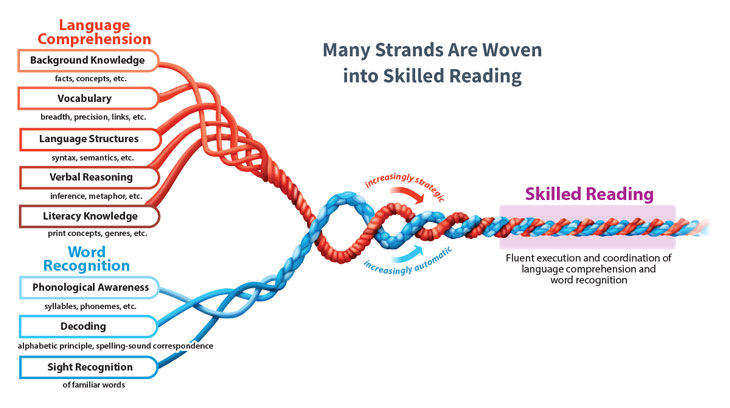Meet Them Where They Are

Truth be told, I am not a big science fiction fan, although I can appreciate those who enjoy the genre. Give me an autobiography or a research article and I’ll curl up, contented, in my airplane seat as I fly to my next Language Essentials for Teachers of Reading and Spelling (LETRS®) presentation—except, of course, that wasn’t possible this past year.
No travel. No gatherings. No teaching as we knew it. As if in a science fiction novel, we dispersed for remote learning one day, tried to facilitate some type of hybrid model the next, and just as we thought we could return to the classroom, we were in virtual mode all over again. The 2020–2021 school year felt more akin to science fiction than reality, don’t you think? Saying it was like no other feels like an understatement, as never in a million years could we have anticipated what unfolded in front of our eyes. More than once, I shook my head, wondering if I would be able to do what was being asked of educators if I were back in the classroom. But you did it all and more for your students, and for that you have my utmost respect.
Moving forward: Where do we go from here?
Amid contemplating the lost days (or weeks?) of instruction, the off-task behaviors behind the computer screen, and the challenges of engaging students whose bandwidth did not allow them to keep their webcams on, let’s take a breath and a moment to be kind to ourselves while we take stock of where we are.
As we turn the page to the 2021–2022 school year, let’s consider—with excitement and a bit of trepidation—what’s next.
Go slow to go fast
The reality is that when next school year kicks off, beginning-of-year (BOY) benchmark data for large groups of elementary students will likely be well below grade-level expectations. So, what can schools do to prepare for this? I titled this blog post “Meet Them Where They Are,” and I’ll use the lens of Hollis Scarborough’s Reading Rope to explain what I mean by that.
Teaching reading is a multifaceted endeavor, with multiple strands of instruction needed to support word recognition and language comprehension. As an example, let’s focus on second grade word recognition. What do we expect a second grade student to know and be able to do to read words accurately and automatically?
For starters, students should know all letter names; understand how to segment and blend words with four to five sounds (i.e., blends at the beginning and end of words); decode basic sound-symbol correspondences; recognize numerous orthographic patterns such as silent – e, basic vowel teams (e.g., ai/ay), vowel-r combinations, inflected endings, basic orthographic ending rules… whew! The curriculum for word recognition is vast through grade 1, with many of these patterns also taught to mastery for spelling.
Just today, I reviewed data for an end-of-year first grade student who reads and spells patterns well below grade level. What can we do in the fall to meet this student’s needs? Skip ahead to grade 2 skills and hope for the best? Repeat grade 1? Focus on language comprehension instead of word recognition and cross our fingers that the student catches up? None of these options are best practice. A better approach would be to consider using a valid survey to assess what the student is able to read (and spell), identify skill strengths and weaknesses, and then “meet them where they are” with instruction that fills in past gaps before moving on to grade-level skills. Careful scheduling will be required to address every student’s needs, which may mean tightening up routines; providing frequent, distributed practices to ensure children learn all that we are teaching; and addressing identified gaps in skills before moving forward with more difficult patterns. All hands will need to be on deck—and this is only one component of the big picture of reading instruction, as curricula include not just the science behind word recognition but the science and art of supporting language comprehension as well.
Simply put, we need students to read accurately and automatically, to understand what they read at deep levels, and to speak and write about what they are reading and hearing. When considering how best to support language comprehension, I keep the top strands of Scarborough’s rope model in mind: Should we use easier texts for read-alouds? Introduce fewer vocabulary words? Water down the curriculum? None of these options are suitable, so what is a school to do?
Join me for my June webinar, Meet Them Where They Are: Framing Assessments and Instruction for the Coming School Year, where I consider how to think through the various challenges of the 2021–2022 school year. I hope to see you then!

